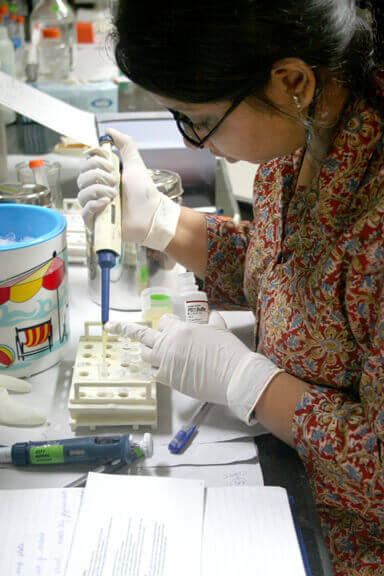Kim LufkinGHTC
Kim Lufkin is a communications officer at GHTC.
Ahead of World AIDS Day, Secretary of State Hillary Rodham Clinton launched a new State Department blueprint to reach an “AIDS-free generation” within five years. “An AIDS-free generation will be within our sight,” Clinton said as she described the blueprint, which outlines key strategies the US will undertake to fight the HIV and AIDS pandemic. She also warned: “Now we have to deliver. … The history of global health is littered with grand plans that never panned out.”
According to Clinton, an AIDS-free generation means that the world “can reach a point where virtually no children are born with the virus, and as these children become teenagers and adults, they are at a far lower risk of becoming infected than they are today. And if they do acquire HIV, they have access to treatment that helps prevent them from not only from developing AIDS, but from and passing the virus on to others.” The blueprint outlines several key actions to reach this goal, including:

According to Clinton, science and research are key principles that must underlie each aspect of the AIDS-free generation blueprint. This includes US support for research to develop the next generation of “innovative technologies for prevention and treatment, such as microbicides and approaches that stave off opportunistic infections” like tuberculosis.
It’s commendable that the US government is continuing its legacy as a leader in the fight against HIV and AIDS, as this blueprint indicates. It’s also encouraging that the blueprint focuses on developing new scientific breakthroughs in the fight against the disease. As Mitchell Warren from AVAC said in response to Clinton’s speech, “Powerful new HIV prevention options could together lead to dramatic reductions in HIV infections, but we don’t have all the information we need to scale them up in the right combinations for various communities. Urgent questions about the real-world use of new prevention tools in combination have been clear for months or even years, yet the work to answer them is barely under way. That’s as unconscionable as it is unnecessary.”
There have been several notable breakthroughs in HIV and AIDS science and research in recent years, and it’s critical that the US government prioritizes the development of new tools in any HIV and AIDS strategies and goals it creates. But as Clinton stressed, it’s vital that the United States and its partners deliver on the promises outlined in the blueprint. According to the International AIDS Vaccine Initiative, the “realization of all this promise depends on sustained funding for HIV prevention research. Political will, too, must be sustained to secure the progress already made in the campaign against HIV. We must remember that any call to bring about the ‘end of AIDS’ will only be fulfilled if HIV prevention remains high on the list of global health priorities.”
As the Obama Administration enters its second term in the new year, leaders across the Administration must ensure that the priorities outlined in this blueprint are fulfilled, particularly the US commitment to research and new HIV and AIDS tools. We cannot reach an AIDS-free generation otherwise.